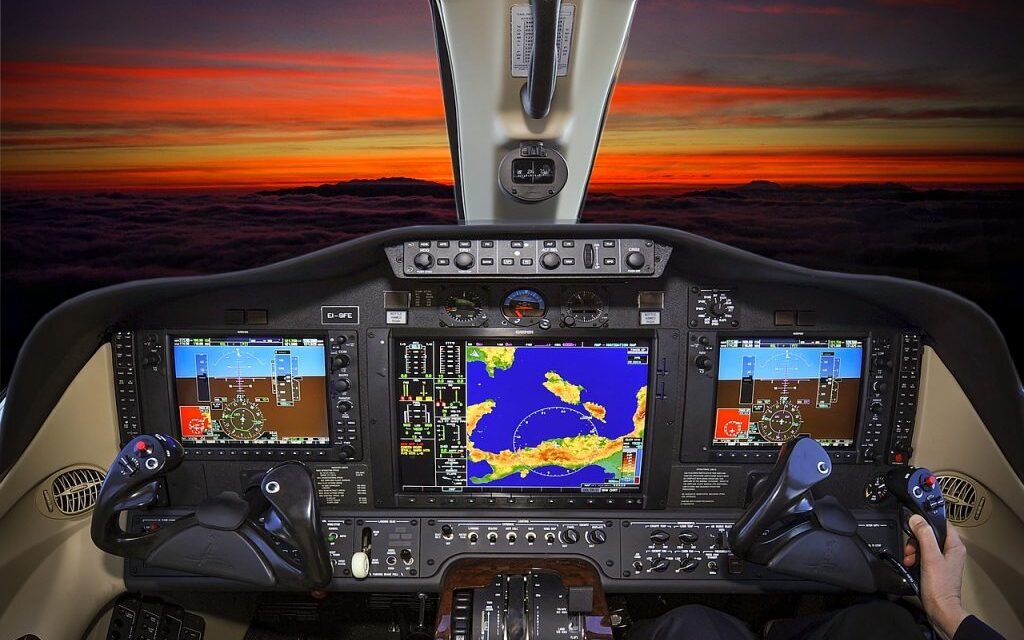Aerospace navigation systems are developed and maintained through a combination of advanced engineering, continuous innovation, rigorous testing, and regular updates to ensure precision, reliability, and safety in aviation and space exploration. Here’s an overview of how these systems are developed and maintained:
Development of Aerospace Navigation Systems
1. System Design and Planning
- Objective Definition: Identify the mission requirements, such as accuracy, range, and redundancy, for applications like commercial aviation, UAVs, or interplanetary spacecraft.
- Technology Selection:
- Global Navigation Satellite Systems (GNSS), such as GPS, GLONASS, Galileo, or BeiDou.
- Inertial Navigation Systems (INS) for independent navigation.
- Terrain-relative navigation for planetary exploration.
- Star trackers and celestial navigation for deep space.
2. Component Integration
- Hardware: Sensors (gyroscopes, accelerometers), receivers, processors, and antennas.
- Software: Algorithms for data fusion, error correction, and autonomous decision-making.
- Redundancy: Systems are built with backups to ensure functionality in case of component failure.
3. Simulation and Testing
- Simulated Environments: Navigation systems are tested in simulated conditions, such as flight simulators or vacuum chambers for space missions.
- Hardware-in-the-Loop (HIL) Testing: Combines simulated and real-world conditions to validate system performance.
- Field Tests: Real-world trials, such as test flights or space probe launches, ensure accuracy and reliability.
4. Certification and Compliance
- Navigation systems must meet international aviation and aerospace standards, such as those set by the FAA, ICAO, or ESA.
- Rigorous documentation and testing are required for certification.
5. Advanced Technologies
- Artificial Intelligence (AI): Enables autonomous navigation and real-time decision-making.
- Quantum Navigation: Uses quantum sensors for high-precision navigation without reliance on external signals.
- Multi-Sensor Fusion: Combines GNSS, INS, radar, and LiDAR for robust and accurate positioning.
Maintenance of Aerospace Navigation Systems
1. Routine Monitoring and Diagnostics
- Ground Stations: Continuously monitor satellite navigation systems for signal integrity and accuracy.
- Built-in Diagnostics: Aerospace systems include self-checks to identify potential issues in real-time.
2. Software Updates
- Regular updates improve algorithms for error correction, performance enhancements, and security.
- Spacecraft and aircraft navigation systems receive updates via uplinks or maintenance schedules.
3. Calibration
- Inertial Systems: Periodic recalibration of gyroscopes and accelerometers ensures long-term accuracy.
- Sensors: Environmental factors like temperature or vibration require occasional recalibration.
4. Signal Integrity Checks
- GNSS Systems: Ground networks monitor satellite signals for deviations or anomalies, issuing corrections as needed.
- Augmentation Systems: Systems like WAAS and EGNOS enhance GNSS accuracy and reliability for aviation.
5. Redundancy Management
- Maintenance schedules ensure backup systems, such as secondary GNSS receivers or INS units, are operational.
6. Environmental Adaptations
- Systems are periodically adjusted to account for changing environmental conditions, such as magnetic field shifts, space weather, or atmospheric disturbances.
Challenges in Development and Maintenance
- Precision Requirements: Aerospace systems require extreme accuracy, often to millimeters or milliseconds.
- Signal Interference: GNSS signals are susceptible to jamming, spoofing, and atmospheric disruptions.
- Extreme Environments: Systems must operate in varying conditions, from high altitudes and speeds to deep-space environments.
- Longevity: Spacecraft navigation systems must function for years or decades without direct intervention.
Key Applications
- Aviation:
- Modern aircraft rely on GNSS, INS, and radar for en-route, approach, and landing navigation.
- Automatic Dependent Surveillance-Broadcast (ADS-B) enhances situational awareness.
- Space Exploration:
- Spacecraft use celestial navigation, GNSS, and terrain-relative navigation for missions to the Moon, Mars, and beyond.
- Military and UAVs:
- Defense systems use advanced navigation for precision targeting, autonomous operations, and resilience against interference.
Future Trends
- Autonomous Navigation: AI-driven systems for fully automated aircraft and spacecraft.
- Quantum Sensors: Revolutionizing navigation with unmatched precision and independence from external signals.
- Interplanetary Navigation Networks: Creating navigation systems for missions beyond Earth, such as Mars or asteroid exploration.
Conclusion
The development and maintenance of aerospace navigation systems involve cutting-edge technology, rigorous testing, and ongoing updates to ensure reliability and precision. These systems are the backbone of modern aviation and space exploration, driving safety, efficiency, and innovation.
Hashtags
#AerospaceNavigation #SmartNavigationSystems #AdvancedNavigationTech #AirspaceNavigation #SpacecraftNavigation #NextGenNavigation #NavigationSystemInnovation #AIInNavigation #ReliableNavigationTech #MissionCriticalNavigation #SatelliteNavigation #FlightNavigation #AccurateNavigation #GlobalNavigationSystems #FutureOfAerospaceNavigation













